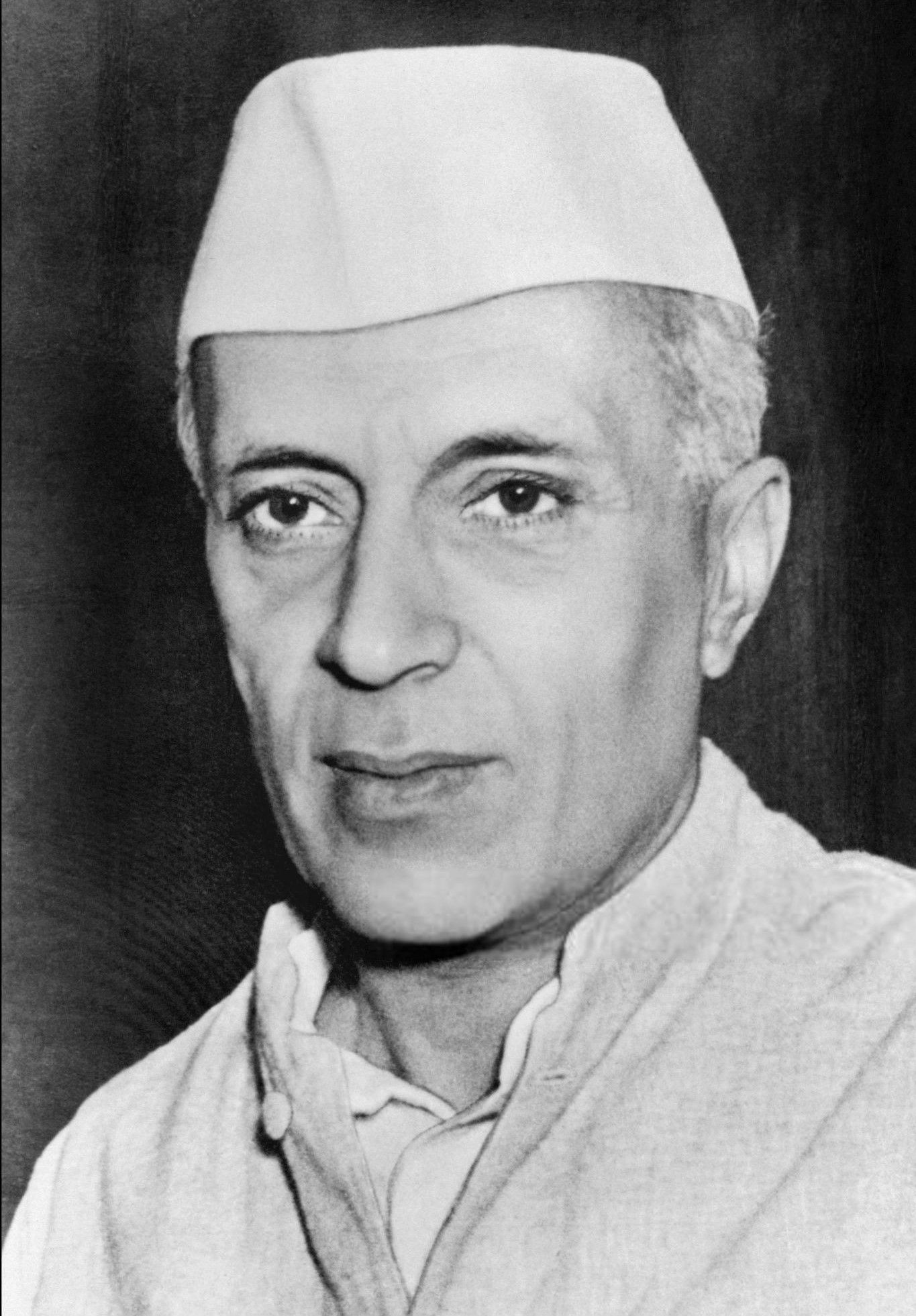The Unstoppable Spirit: Traits That United India’s Freedom Fighters

India’s fight for independence is a story of extraordinary courage, resilience, and sacrifice. Behind this historic victory were countless freedom fighters who, despite their diverse backgrounds and ideologies, shared a common set of traits that made them unstoppable forces of change. From Mahatma Gandhi’s non-violent resistance to Bhagat Singh’s fearless revolutionary acts, these leaders left an indelible mark on history.
Here’s a closer look at the defining qualities that united India’s freedom fighters and propelled the nation to freedom:
1. Unwavering Patriotism
At the core of every freedom fighter’s mission was an unshakable love for their country. Their patriotism fueled their determination to liberate India from colonial rule, even at the cost of their lives. Whether it was Gandhi’s peaceful protests or Subhas Chandra Bose’s call for armed rebellion, their actions were deeply rooted in their devotion to the nation.
2. Fearlessness in Adversity
Freedom fighters displayed remarkable bravery, standing firm in the face of threats, imprisonment, and even death. Rani Lakshmibai fought valiantly on the battlefield, while Bhagat Singh willingly embraced martyrdom for the cause. Their courage inspired millions to rise against oppression.
3. Relentless Determination
The struggle for independence was long and arduous, but freedom fighters never wavered. Leaders like Sardar Vallabhbhai Patel and Jawaharlal Nehru showcased unmatched determination, pushing through obstacles to achieve their goal. Their perseverance kept the movement alive, even during its darkest moments.
4. Visionary Leadership
India’s freedom fighters were not just activists; they were visionary leaders who dreamed of a free and prosperous nation. Gandhi’s philosophy of non-violence and Satyagraha, Nehru’s vision for a modern India, and Bose’s strategies for armed struggle reflect their ability to inspire and guide millions.
5. Selfless Sacrifice
The freedom movement was built on the sacrifices of countless individuals who prioritized the nation over their own interests. Leaders like Chandrashekhar Azad and Udham Singh gave their lives, while others, like Sarojini Naidu, endured immense personal hardships. Their selflessness remains a cornerstone of India’s independence story.
6. Unity Amid Diversity
One of the most remarkable aspects of India’s freedom movement was its ability to unite people across regions, religions, and social classes. Maulana Abul Kalam Azad emphasized communal harmony, proving that diversity could be a strength. This unity became a powerful force against the British Empire.
7. Adaptability in Approach
Freedom fighters employed diverse strategies to achieve their shared goal. While Gandhi led peaceful mass movements like the Salt March, Bose built the Indian National Army to fight British forces. This adaptability ensured that the movement reached all corners of the country and resonated with people from all walks of life.
8. Connection with the Masses
The success of the freedom struggle lay in its ability to engage ordinary Indians. Leaders like Gandhi and Lala Lajpat Rai connected deeply with the masses, understanding their struggles and rallying them to join the movement. Their ability to inspire collective action was a key driver of the revolution.
9. Intellectual Depth and Ideological Strength
Many freedom fighters were well-educated and intellectually driven. Figures like Bal Gangadhar Tilak, Rabindranath Tagore, and B.R. Ambedkar used their knowledge to challenge colonial narratives and promote equality and self-reliance. Their ideas gave the movement a strong ideological foundation.
10. Commitment to Justice and Equality
Freedom fighters envisioned an India built on justice and equality. Ambedkar’s fight for social reform, Gandhi’s efforts to eradicate untouchability, and Patel’s work to unify the country reflected their commitment to creating a fair and inclusive society.
11. Charisma and Influence
Charismatic leaders like Nehru, Bose, and Gandhi had the ability to inspire millions. Their speeches, actions, and presence united people under a shared vision of freedom, turning ordinary citizens into active participants in the struggle.
12. Faith in Non-Violence or Revolution
Despite differing ideologies, freedom fighters shared an unbreakable resolve to end British rule. While Gandhi championed non-violence, revolutionaries like Bhagat Singh and Ashfaqulla Khan believed in armed resistance. Their contrasting approaches highlighted the diverse yet unified nature of the movement.
The freedom fighters of India were bound by traits that made them unstoppable—patriotism, courage, resilience, and an unyielding belief in justice and equality. Their unity, despite diverse methods and ideologies, ensured the success of the independence movement.
Their legacy is a reminder of the power of collective effort, sacrifice, and unwavering determination. These qualities not only shaped the history of a nation but continue to inspire individuals worldwide to fight for freedom and justice.